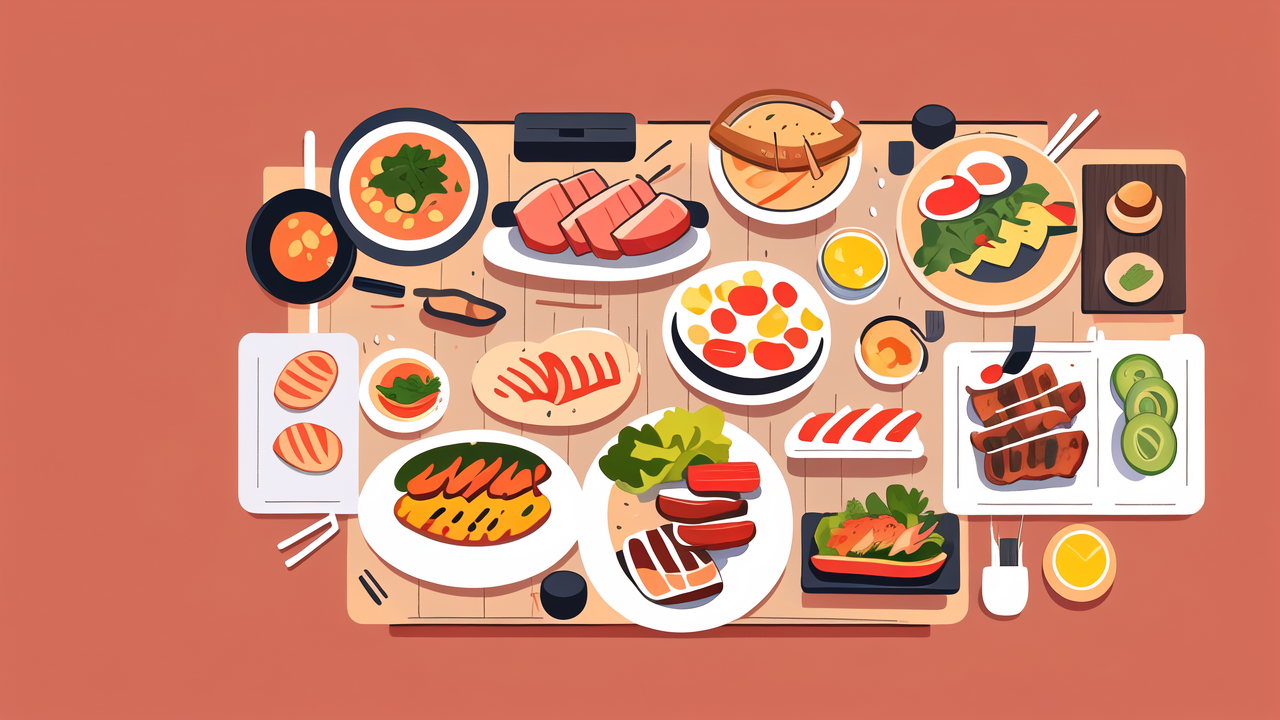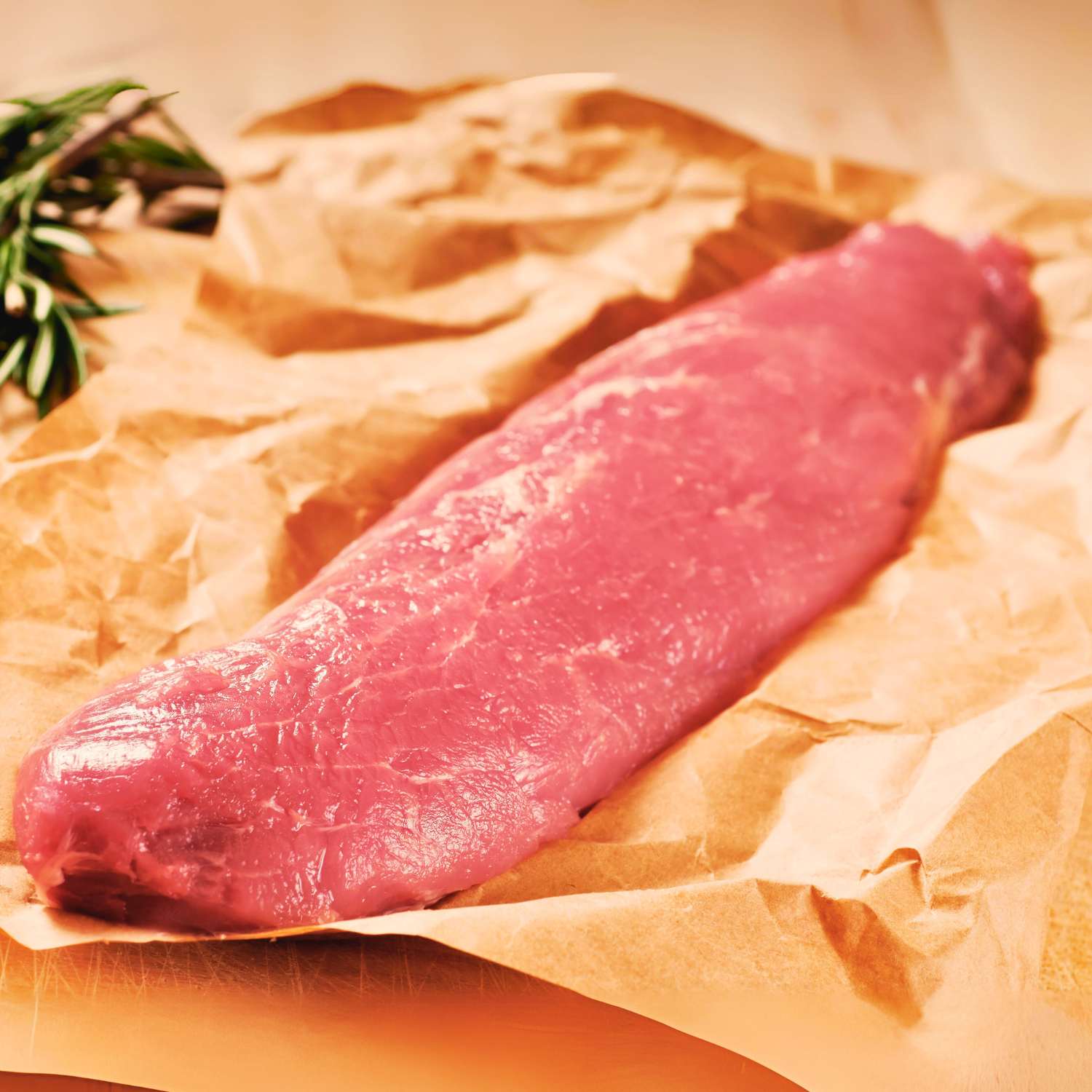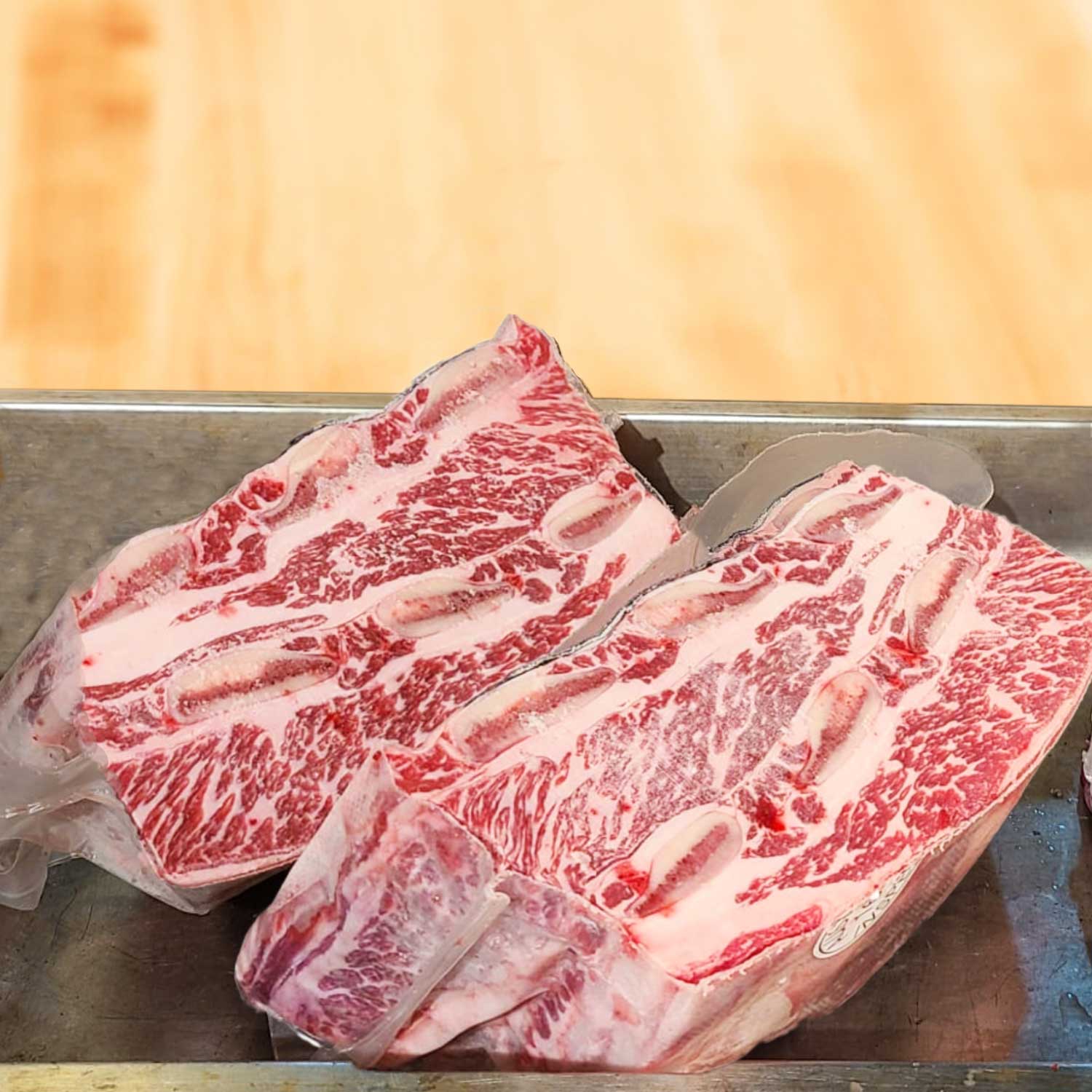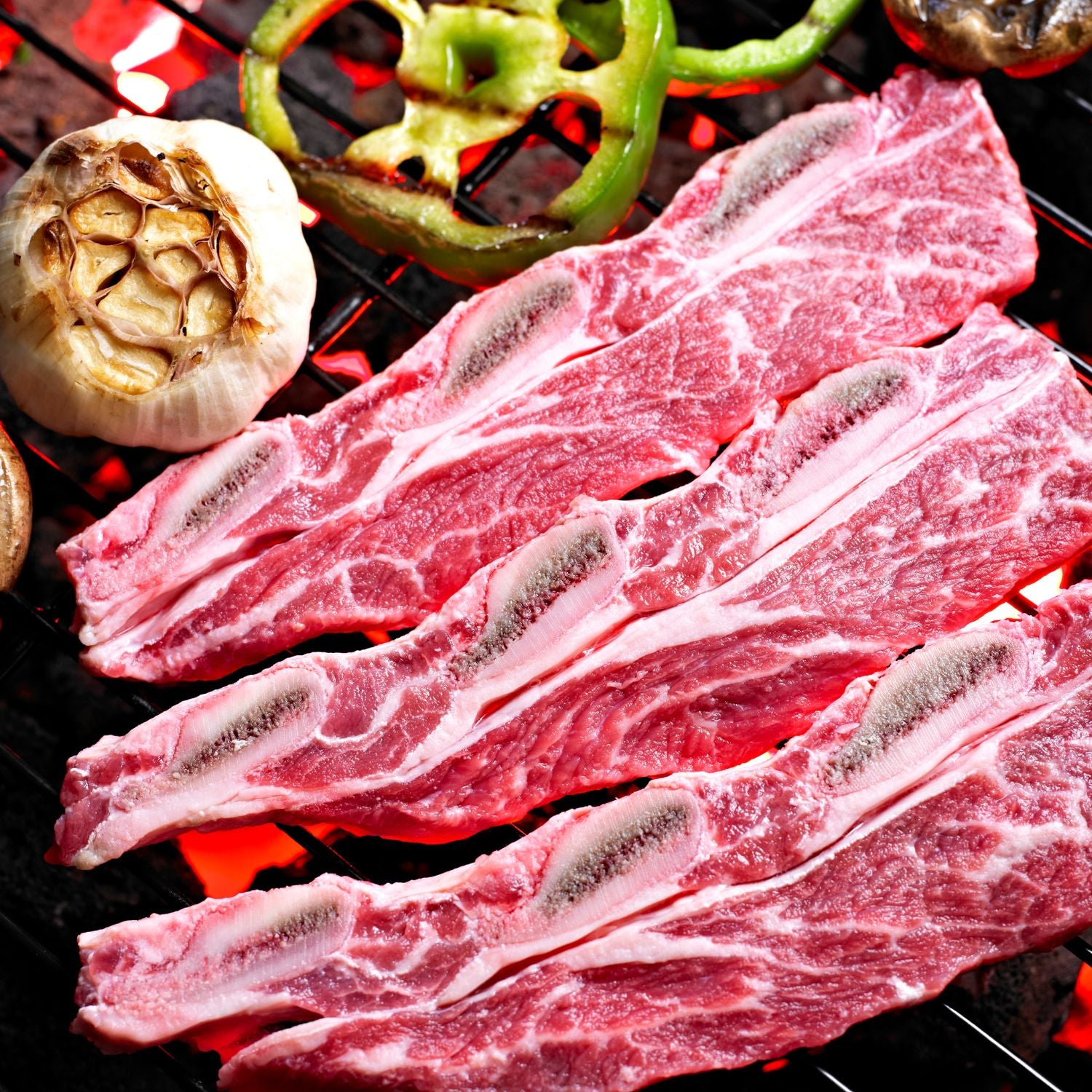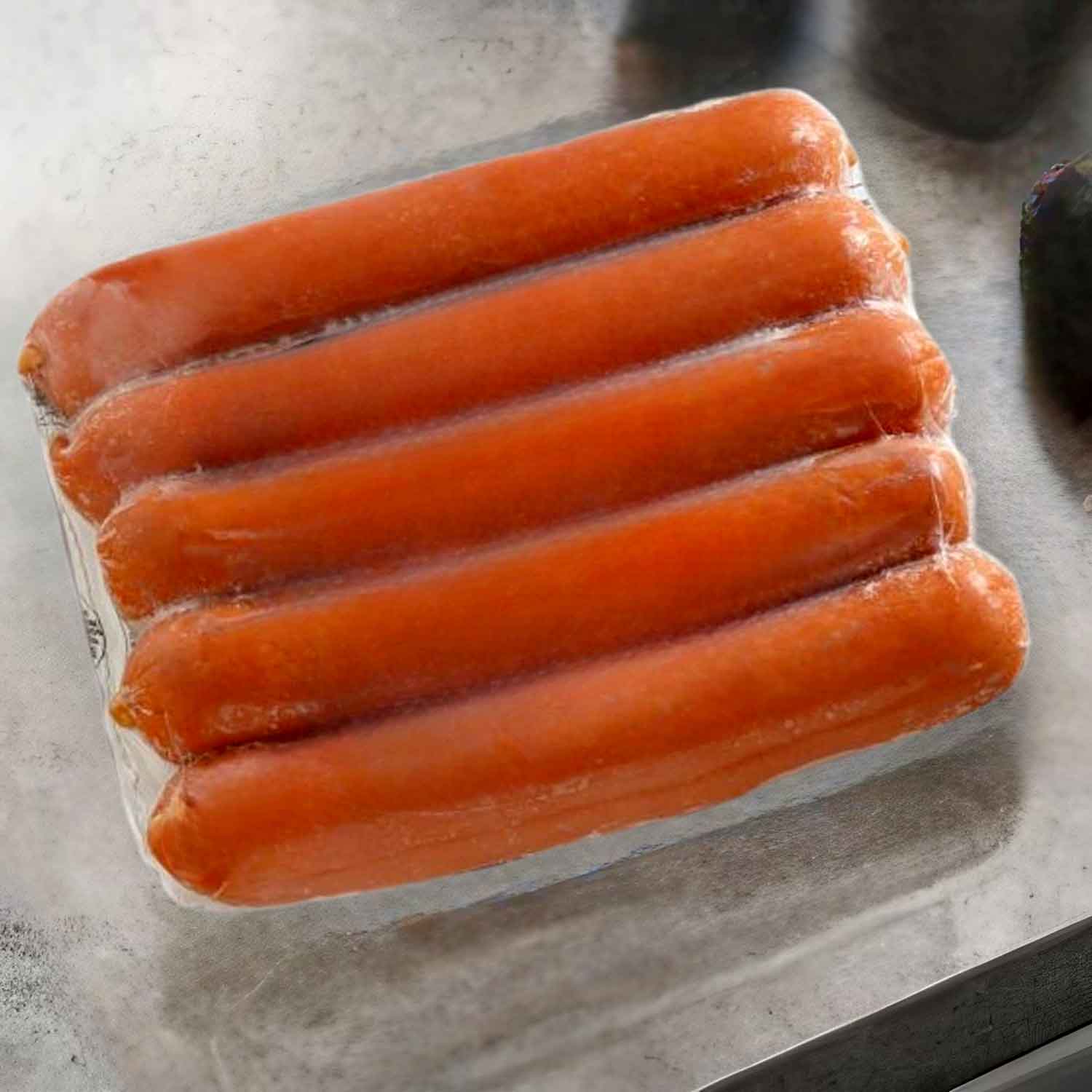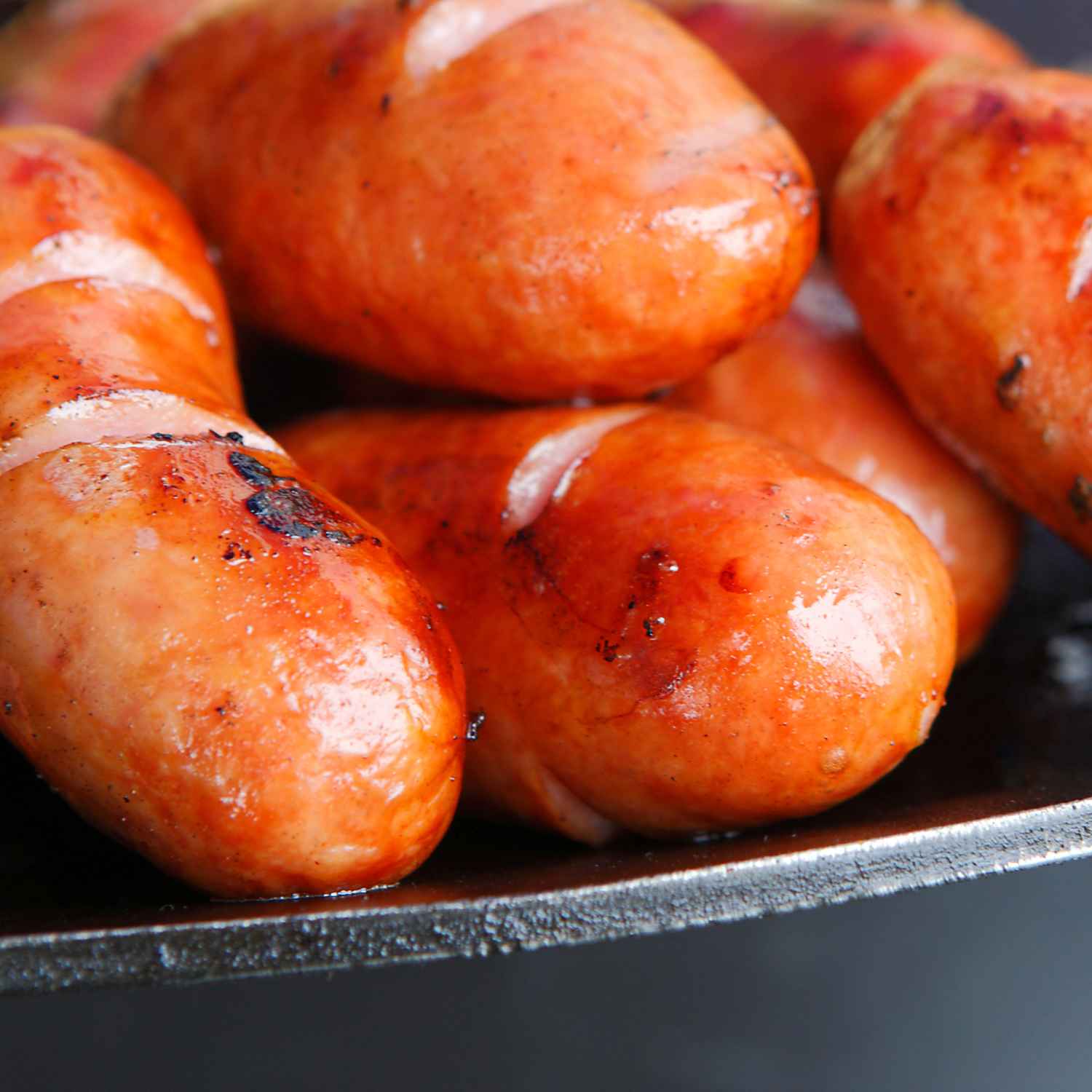Understanding the Essence of Wagyu: A Deep Dive into the Culinary Phenomenon
The Origins of Wagyu: Tracing its Roots
Wagyu beef starts in Japan. Its name means 'Japanese cow.' This beef is special for its 'marbling.' This means it has lots of small, white fat layers. These layers make it taste very good. At first, Wagyu cows were used for work. Their meat was not used until later. After that, people saw how tasty it was. So, it became famous as a fine food. Now, many countries like Hong Kong love Wagyu. Chefs serve it in fancy ways to show how special it is.

Wagyu Cuts and Their Significance
Wagyu beef is known for its rich marbling and tender texture. These qualities vary across different cuts, making some more prized than others. The most famous cuts include the luxurious and buttery Kobe beef, known for its melt-in-your-mouth sensation. Then there's the robust and flavorful Ribeye, with fat marbling that enhances its taste. The Sirloin offers a balance of tenderness and beefy flavor, perfect for steak lovers. Lastly, the Filet Mignon from Wagyu is the epitome of tenderness, with less fat but a delicate profile. Recognizing these cuts and their unique attributes is crucial to appreciate Wagyu's gourmet status.
The Importance of Presentation in Wagyu Beef
Presentation is key when serving Wagyu beef. This beef is known for its marbling. The fat gives it flavor and tenderness. Use white plates to make the beef stand out. Slice the steak after resting it post-cooking. Show the marbling in each piece. Garnish simply. Use fresh herbs like rosemary. This respects the steak's natural taste. For visual impact, add edible flowers or a drizzle of sauce. The aim is to impress with the steak's quality.
The Art of Preparing Wagyu Steak: Step-by-Step Guide
Selecting the Perfect Wagyu for Your Meal
Selecting Wagyu for your meal is key. Look for good marbling; it adds flavor. Choose cuts like ribeye or tenderloin for tenderness. Consider the grade, A5 is top quality. Decide on the size based on your appetite. Check the source; Japan's regions offer unique tastes. Pick fresh over frozen for the best experience. Ask experts like MeatKing.hk for advice.
Essential Tools and Techniques for Wagyu Preparation
Mastering the art of Wagyu steak preparation requires specific tools and techniques. First, a sharp knife is a must for clean cuts. Then, use a cast-iron skillet or a grill for even heat. Digital thermometers help monitor the internal temperature. Tongs are better than forks to avoid piercing the meat. Finally, rest the steak on a wire rack to maintain its juiciness. These essentials ensure that every Wagyu dish is cooked to perfection.
The Role of Seasoning and Marinades in Enhancing Wagyu Flavor
Seasoning is key to bringing out the best in Wagyu steak. A good rub can enhance the rich flavors inherent in the meat. While the steak is remarkable on its own, the right blend of spices can lift the profile of Wagyu. For those preparing Wagyu at home, it is essential to remember that less is more. Here's a simple but effective approach to seasoning and marinating Wagyu:
- Choose high-quality salts like sea or pink Himalayan to underline the steak's natural taste.
- Apply salt and pepper evenly, but sparingly, to let the meat’s flavor shine through.
- Consider subtle herbs like rosemary and thyme that don’t overpower Wagyu’s luxurious taste.
- For marinades, opt for restraint; a light touch of soy sauce or a dab of olive oil may suffice.
- Let the meat sit with the seasonings for a short time before cooking to deepen the flavors.
- For the best experience, always pair your marinades with the specific cut of Wagyu you’re cooking.
By following these simple steps, you can prepare a Wagyu steak that honors the quality and heritage of this luxurious beef while tailoring it to your taste.
Elevating Your Dining Experience: Innovative Recipes and Pairings
Incorporating Wagyu into Hong Kong's Traditional Cuisine
In Hong Kong, blending Wagyu into local dishes adds luxury. Try it in classic recipes. Dim sum can include Wagyu in place of regular beef. Noodles can get a gourmet lift with thinly sliced Wagyu. Consider Wagyu siu mai or bao for starters. Let's explore the fusion of Wagyu with Hong Kong's flavors.
Creative Recipes for Wagyu-Based Dishes
- Wagyu Beef Slider: Mini burgers with a rich umami twist.
- Wagyu Carpaccio: Thinly sliced delicacy, drizzled with a citrusy sauce.
- Wagyu Beef Tacos: Spice up the traditional tacos with tender Wagyu strips.
- Wagyu Sukiyaki: A Japanese hot pot showcasing thinly sliced Wagyu in a sweet soy broth.
- Grilled Wagyu Skewers: Cubed Wagyu steak, perfect for a BBQ.
- Wagyu Beef Wellington: A luxurious spin on a classic dish, with Wagyu encased in pastry.
Pairing Wagyu with the Perfect Wine or Cocktail
To elevate your wagyu meal, consider these wine or cocktail pairings:
- Bold Reds: A glass of Cabernet Sauvignon complements the rich flavor of wagyu.
- Smooth Whites: Try a Chardonnay for balance with marbled wagyu cuts.
- Sake: A traditional Japanese choice, sake can enhance wagyu's umami taste.
- Whiskey Cocktails: A whiskey-based Old Fashioned adds a smoky twist to the meal.
- Champagne: For contrast, the bubbles and acidity of champagne cut through the fat.
Choose a drink that matches the preparation style of your wagyu for a refined experience.


